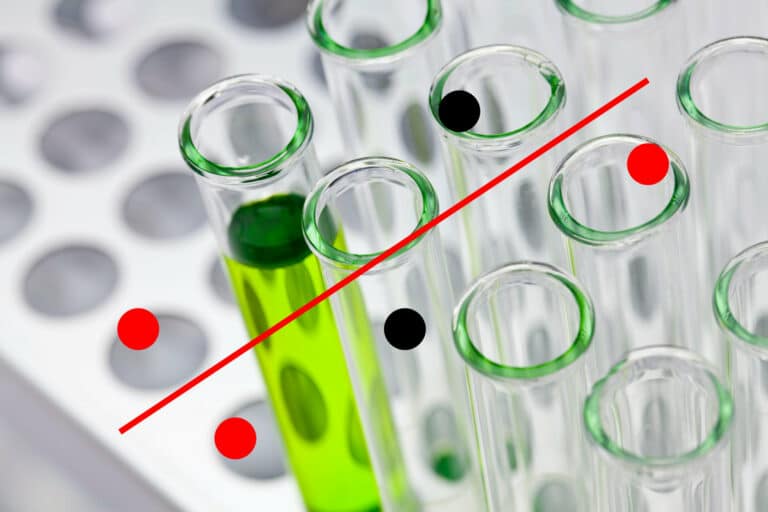OBJECTIVE
This course results in a good understanding of statistics and enables the participants to make a good choice from the scala of techniques, to use them correctly and to interpret the results correctly. Not only does it form an excellent basis for other statistics or chemometrics courses, it also results in numerous eye-openers and immediately implementable knowledge.
INTENDED AUDIENCE & PRIOR KNOWLEDGE
This course is intended for anyone who wants to acquire a solid background in statistical thinking and master the application of it to questions that arise in every day’s work. Although theoretical details are skipped whenever possible, it is still about statistics. And although no prior knowledge is required, some affinity for numbers is a definite plus.
Especially in R&D, this course is a perfect guide for statistically underpinned research and a correct statistical analysis of the data.
Especially in R&D, this course is a perfect guide for statistically underpinned research and a correct statistical analysis of the data.
SET-UP
Theory will alternate with hands-on computer exercises.
CONTENTS
- Descriptive statistics
- Graphical techniques: scatter plots, histogram, dotplot, boxplot, normal probability plot
- Descriptive statistics: means, median, variance, IQR, …
- Describing the similarity between variables: covariance & correlation
- Autocorrelation
- Good data collection practice
- Sampling strategies
- Paired comparisons
- Dealing with random variables (probability distributions)
- Properties of distributions of random variables
- Distributions for discrete and continuous variables: Binomial, Poisson, normal distribution, Weibull, …
- Functions of random variables: the z-distribution, χ2, t and the F-distribution
- Confidence intervals for means, difference in means, variances, proportions, capability indices, …
- Hypothesis testing
- Hypothesis testing with confidence intervals
- Classical hypothesis testing
- Statistical significant versus practical relevant
- Type I and Type II errors
- Power and sample size calculations
- One-way ANOVA
- Random effects and Nested ANOVA – Variance Components Analysis (R&r study)
- Simple Linear Regression
- Polynomial Regression
CASES & APPLICATIONS
- Detecting and proving a change in a process
- Quantifying and judging the difference between two products or systems
- Deciding on the equivalence of analysis methods
- Setting a specification taking the customers’ measurement error into account
- Calculating the effect of variation in addition and adjustment of a component on the process performance
- Calculating the number of data needed to detect a certain improvement
- Investigating the effect of different types of constituents on the product properties
- Identifying the major source of variation
- Investigating the effect of a process parameter on a characteristic
